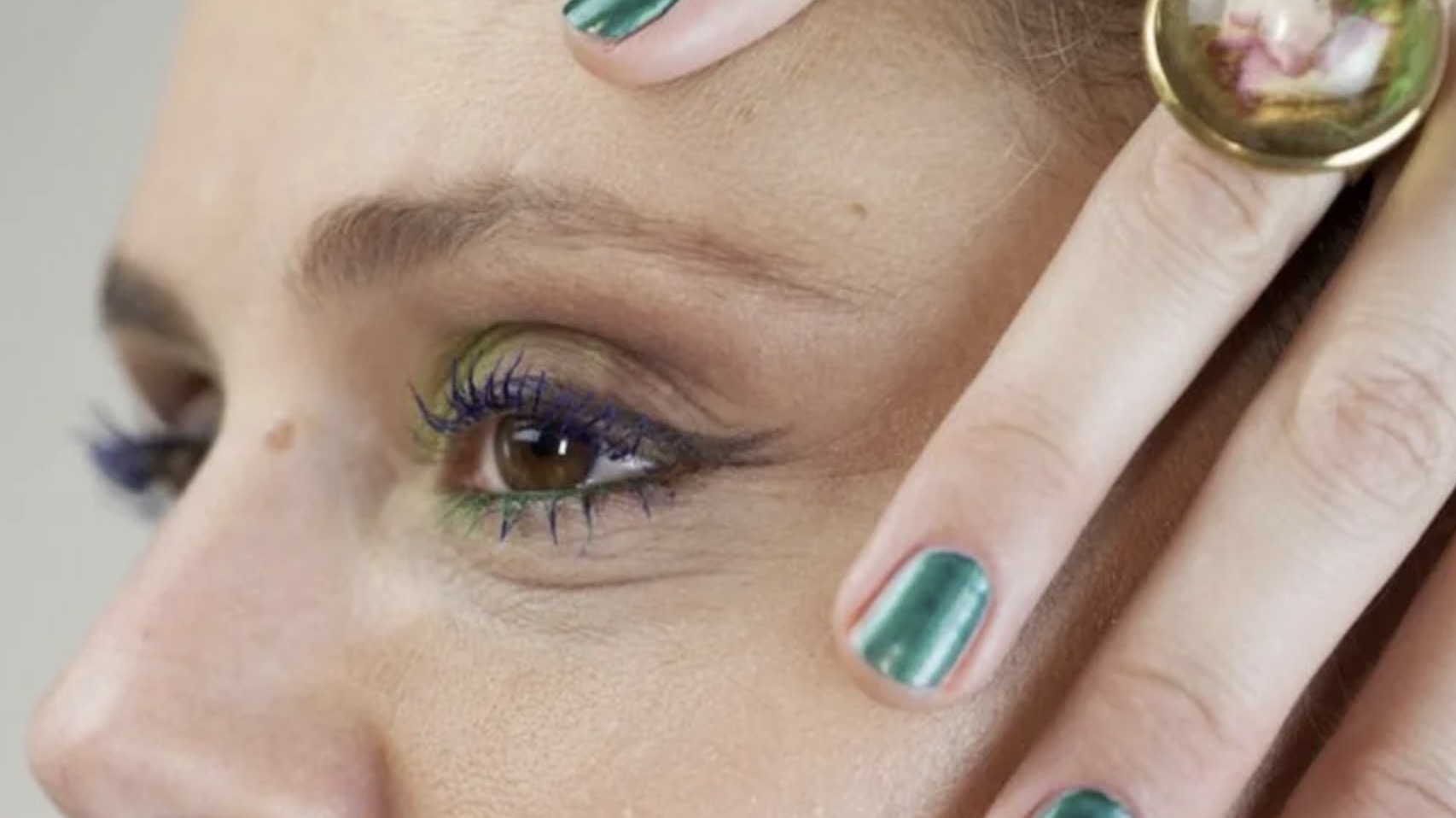Aging is inevitable. It’s a natural part of our lives, and no one can deny it. As we grow older, our skin starts giving out. It somewhat begins to lose its elasticity and develops what we call fine lines and wrinkles.
These lines are visible signs of aging. They can lead to stress and affect our self-esteem. Fine lines and wrinkles also tend to give our skin an old look. That means someone with these lines will likely look a few years older than their actual age.
Thus, given all these concerns surrounding fine lines and wrinkles, it’s easy to see why people want to seek treatment for it, and that’s exactly what our discussion for this article is all about.
Today, we’ll talk about three medically-proven methods for dealing with fine lines and wrinkles. Also, we won’t stop just there. Alongside each method, we’ll tell you how much they cost, so that you can plan for the treatment accordingly should you ever need it.
Chapter Overview
Retinoids
Retinoids are compounds that are basically vitamin A derivatives. They can help you deal with your fine lines and wrinkles by promoting cell turnover. This, in turn, leads to increased collagen production and allows the skin to regain its smooth texture and tone.
Retinoids are available in both prescription and over-the-counter formulations. You can take them orally or even apply them as a topical medication.
Prescription-strength retinoids like tretinoin and adapalene are some of the most potent and effective forms of retinoids used in the treatment of fine lines and wrinkles.
Of course, given their strength, it’s easy to see why you will need a prescription from a licensed dermatologist to buy these drugs. Through proper and consistent use as prescribed by the dermatologist, you can notice significant improvements in your skin tone and also notice the lines and wrinkles fading.
Over-the-counter retinoids are much milder and are also found in a variety of skincare products. Although not as potent as prescription-strength retinoids, they are still capable of reducing fine lines and wrinkles.
Retinoid serums cost between $15 and $75. The higher price range indicates a more concentrated dosage.
Microneedling
This procedure involves the use of minute needles that create microchannels or tiny pores in the skin. This, in turn, stimulates collagen production and improves your overall skin texture and tone. It further helps slow down the signs of aging and minimize fine lines and wrinkles.
There are plenty of benefits of microneedling. Apart from reducing the lines and wrinkles, microneedling acne scars can reduce their marks. This method can also help you deal with stretch marks and improve your skin’s ability to absorb skincare products. Most importantly, it’s a procedure that suits all types of skin.
As for microneedling aftercare, just avoid exposure to sunlight and use a gentle cleanser and moisturizer. It’s also advised that you avoid applying makeup for at least a day.
Microneedling can cost upwards of $700 per session. However, there are cheaper and equally good options available as well. Meraki Aesthetics and Company lets you rejuvenate with microneedling for as little as $500 per session. The cost can climb to $600 per session, but it depends on the case. Thus, it’s best if you consult the clinic face-to-face for a more concrete idea regarding the treatment cost. Alternatively, you can also explore at-home microneedling with Calecim’s professional microneedling serum.
Laser Skin Resurfacing
Lastly, we have laser skin resurfacing. It’s a non-invasive cosmetic procedure. As the name suggests, this treatment method involves the use of laser technology. Here, the laser is tasked with removing the outer layer of your damaged skin. In doing so, it triggers the growth of new skin cells. It also promotes collagen production in the process.
The effects of this treatment last for up to 12 to 18 months. You might need additional treatment sessions every six months to ensure that the smoothness remains in your skin.
There are two types of laser skin resurfacing. The first is ablative laser resurfacing, and the other is non-ablative laser resurfacing.
Ablative laser resurfacing is more invasive and removes more layers of skin. This procedure costs around $2,509 on average.
On the other hand, non-ablative laser resurfacing is less invasive and only targets the underlying layers of skin. This one costs $1,445 on average.
Fine lines and wrinkles worry most of us, which is why it’s never a bad idea to study these treatment methods and their costs and go for whichever one suits us the most.

